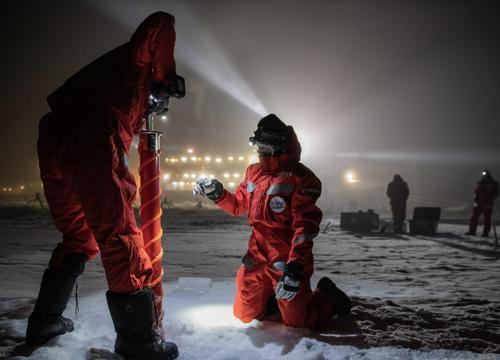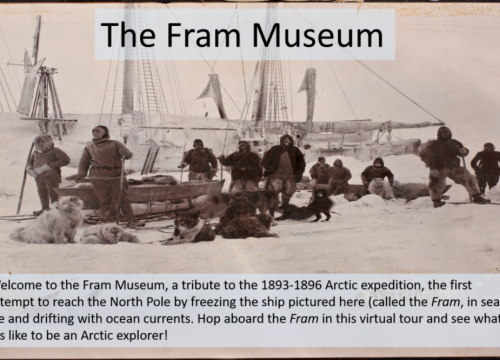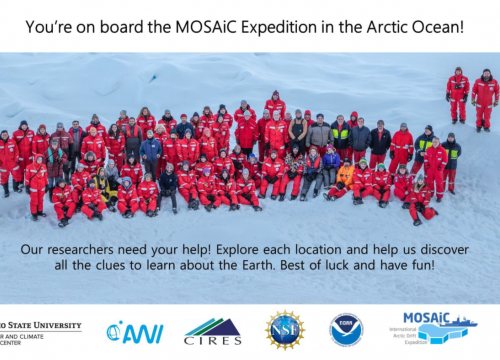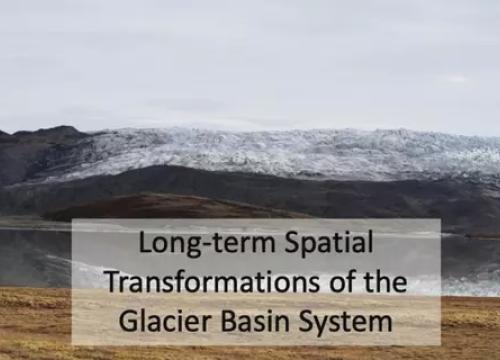VR Expedition: MOSAiC Distributed Network
More than 500 participants from over 16 nations have spent a year in the Arctic ice collecting important data on the Arctic climate system. From September 2019 through October 2020, the icebreaker RV Polarstern drifted across the central Arctic near the North Pole frozen in sea ice during one of the most extensive Arctic research expeditions ever conducted. You can learn more about the MOSAiC (Multidisciplinary drifting Observatory for the Study of Arctic Climate) research expedition at mosaic.colorado.edu! Bring MOSAiC into your classroom with Data Puzzles, 360-degree virtual experiences, the Polar Planetarium field trip, classroom curriculum, and more learning resources. Experience MOSAiC all around you with two planetarium films featuring footage captured by videographers on the Polarstern now showing at Fiske Planetarium in Boulder (also available to view in 2D on Youtube).
Context for Use
The MOSAiC expedition aims to better understand the changing Arctic climate system by studying atmosphere, ice, and ocean processes. At the heart of the MOSAiC expedition is the German Icebreaker, Polarstern, which was transformed into a drifting climate observatory for an entire year. Scientists aboard the support vessel, Fedorov, developed instruments up to 50 km away from the Polarstern as part of this "distributed network" to study the system at both a local and regional scale.
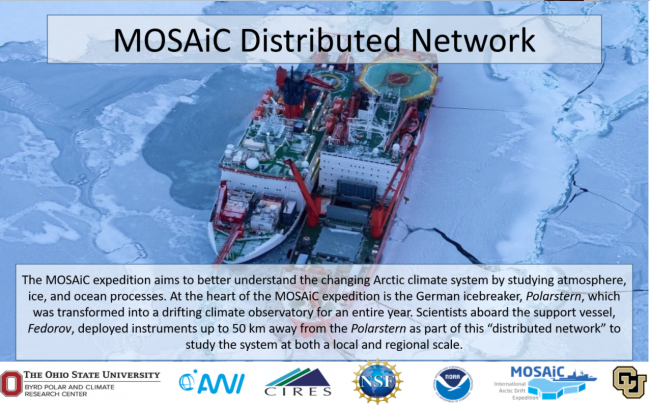
Polarstern and Fedorov frozen in the ice. Photo: Adelyn Arens
Goals Header
What Students Will Do
Explore an interactive Virtual Field Trip to the Arctic and explore the Fedorov, part of the "Distributed Network" for the MOSAiC expedition.


